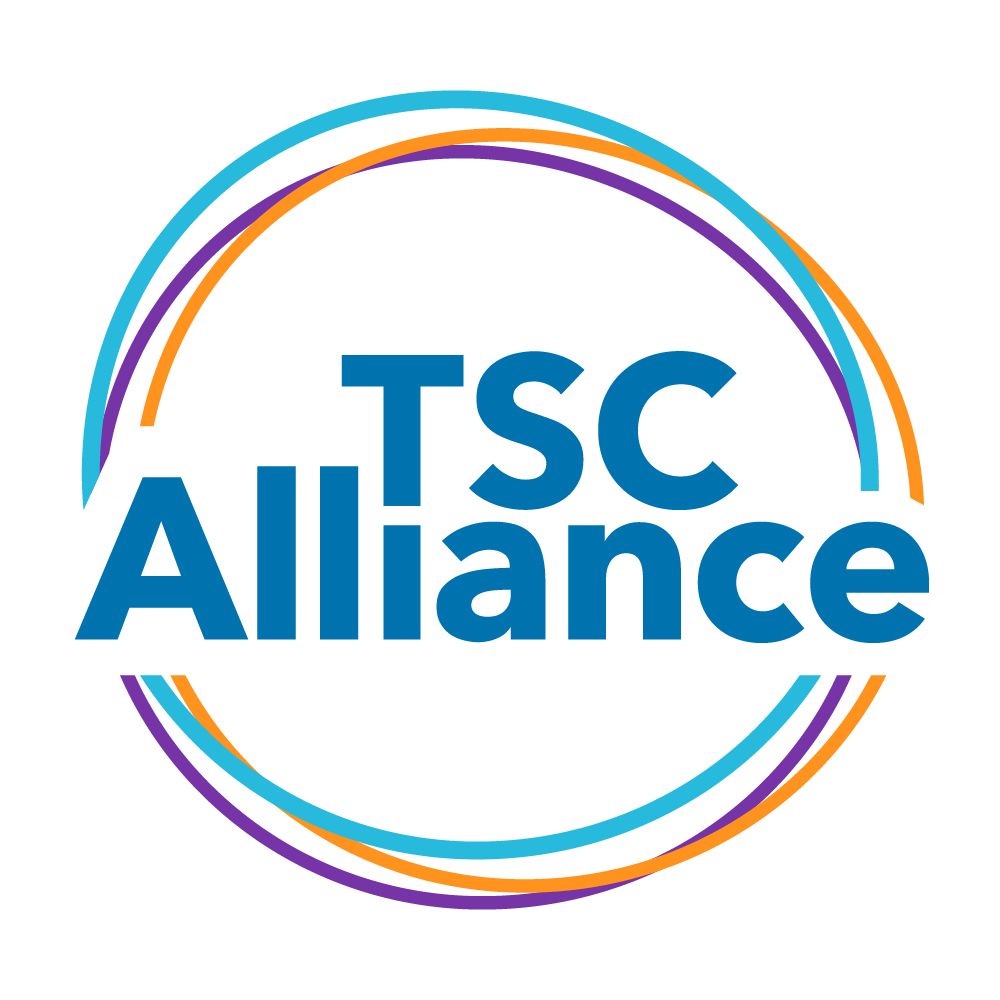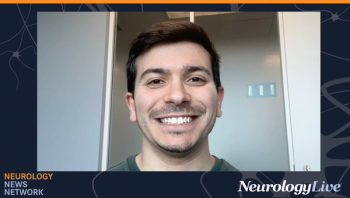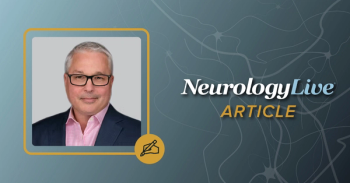
Epilepsy in Tuberous Sclerosis Complex

This content was produced by the TSC Alliance.
Epilepsy remains one of the most common neurological features of tuberous sclerosis complex (TSC), with seizures occurring in 85% of individuals with the disease. Some infants will be diagnosed with TSC after they begin having a type of seizure called infantile spasms. Older children and adults may develop multiple types of seizures including generalized, complex partial and other focal seizures.
Vigabatrin is first-line therapy for treating infantile spasms in TSC. Other seizure types are generally treated first with standard anti-seizure medications. Additionally, everolimus and highly-purified cannabidiol are approved by the FDA for treating epilepsy associated with TSC.
More than 50% of individuals with TSC who have epilepsy will not respond to anti-seizure medications and have intractable epilepsy. Techniques can be used to identify the specific area where the seizures begin (called seizure focus), and neurosurgical techniques used to remove that specific area of the brain. Although not all individuals with TSC who undergo brain surgery for epilepsy are seizure-free, many cases result in a significant improvement in seizure frequency and/or severity.
Some children with TSC may have mixed seizures such as atypical absence, tonic and tonic clonic, myoclonic, or atonic seizures. This condition is called
Child-onset epilepsy
The majority of individuals with TSC will be diagnosed during childhood, most often following the onset of seizures. For some, the seizures will be well controlled with anti-seizure medications that may be stable or may need to be changed and or modified over the years. In contrast, a large number of individuals with TSC will have intractable seizures—seizures that do not reduce in severity or frequency with the use of numerous anti-seizure medications. For these individuals, seizures can be an ongoing, life-long battle. Often, new treatments can significantly help individuals with TSC who have seizures that are not completely controlled.
Adult-onset epilepsy
The majority of individuals with TSC will face the onset of seizures before the age of 3. However, it is not uncommon for adults with TSC to develop new seizures or to experience a return of seizures after being well controlled for long periods of time. Some individuals with TSC who did not have seizures as children will begin having seizures as adults.
Generally, the seizure type(s) experienced by adults with TSC will be more easily treated with anti-seizure medications than childhood-onset seizures.
Brain tumors and epilepsy
Occasionally, the onset of seizures will result from a buildup of pressure in the brain due to the presence of a subependymal giant cell astrocytoma (SEGA), a non-cancerous tumor that occurs in about 15% of individuals with TSC. Individuals with TSC often undergo magnetic resonance imaging (MRI) of the brain throughout adolescence and early adulthood (at least until the age of 21 years) to monitor for the presence and growth of a SEGA.
In adults with TSC who have been previously undiagnosed, the first sign of the tumor may be blurring of vision and/or the onset of seizures, but the symptoms may be more subtle. A brain MRI can reveal whether a SEGA may be blocking the flow of cerebrospinal fluid around the brain, causing increased pressure on the brain. In many individuals, the SEGA can be removed by surgery. Everolimus was approved by the Food and Drug Administration (FDA) in October 2010 for treatment of TSC-associated SEGAs for those who are not candidates for curative surgery.
Questions?
For more information about epilepsy in TSC, visit
Newsletter
Keep your finger on the pulse of neurology—subscribe to NeurologyLive for expert interviews, new data, and breakthrough treatment updates.



























